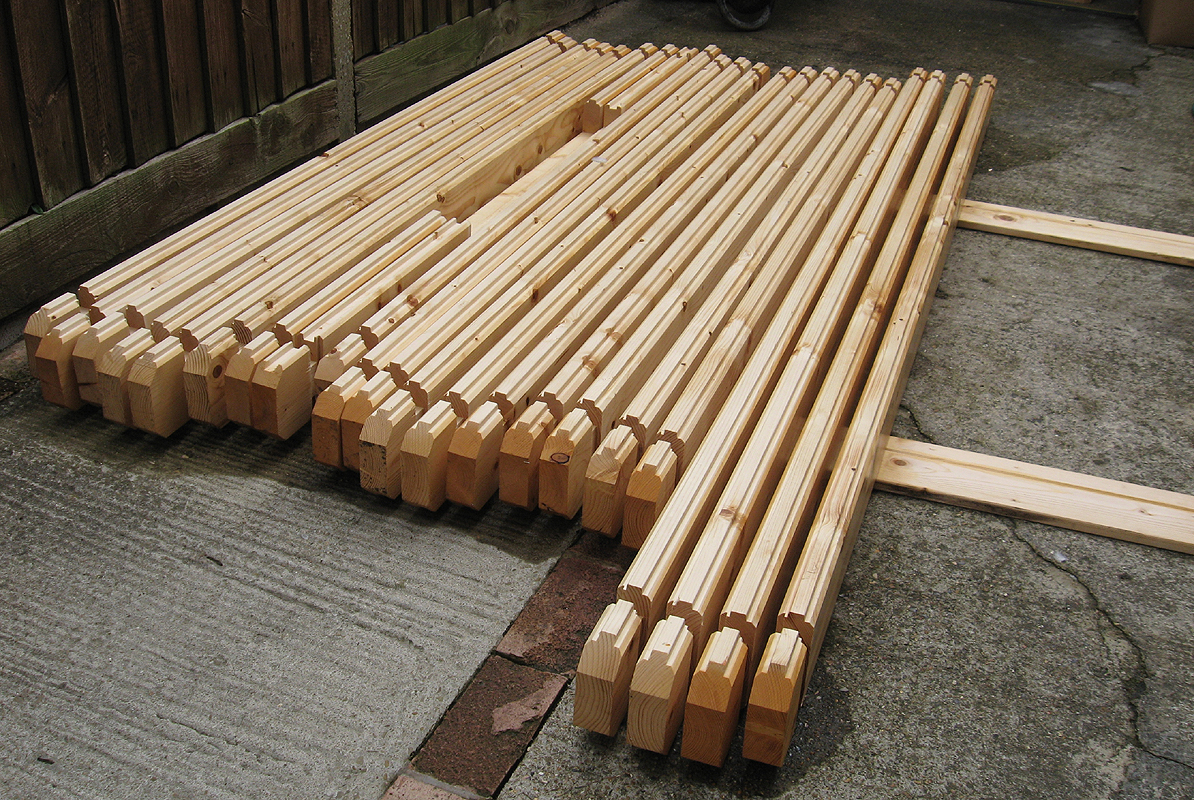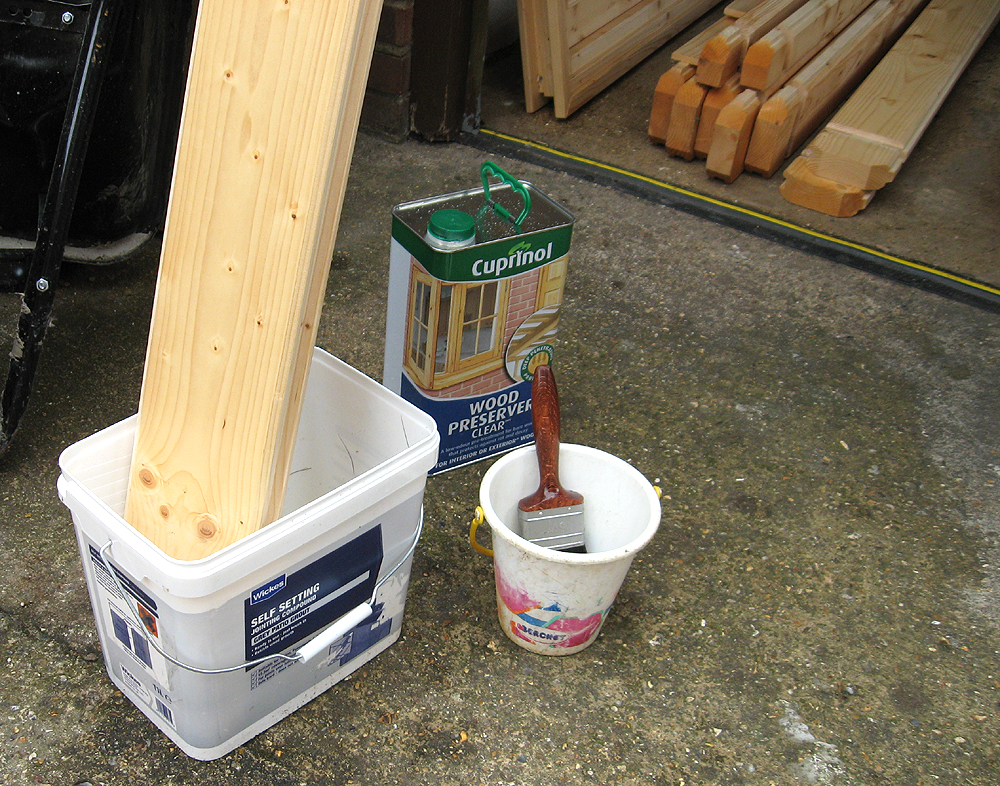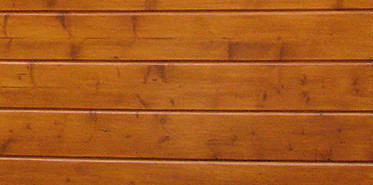You can more or less discard what the log cabin retailers tell you about treating your log cabin. After all, they just want to make it sound as quick and simple as possible.
For example, its not hard to find sites that make claims such as ‘our logs are different, the grain is very dense, this cabin will only require two coats’ and so on.
It’s obvious that anyone investing in a log cabin cares a lot about the condition of their cabin in five or ten years time. Who would seriously want to leave poorly treated wood to rot in the garden just to see what would happen? Let’s be honest, several likely outcomes are inevitable – wood rot, mould, infestations of wood worm etc, all problems more costly to rectify than to prevent in the first place.
So let’s be completely honest. Treating your new log cabin is a LOT of work, and I do mean A LOT! Wherever possible I would definitely go for pre-treated timber only. For some reason log cabin sellers are not keen on this; I can only think that as it increases their sales lead times they try to discourage consumers from requesting it. Yes it does cost more up front for pressure treated logs, but factor in the cost of all the expensive wood preservers and treatments, not to mention the time involved and the extra cost is worth it. What’s more, pre-treatment is even available in a range of colours to suit.
Fact: Pressure treated log cabins will last longer. If you want to carry out your own experiment to prove this go ahead.
Assuming that you follow the log cabin retailer’s advice and go for untreated logs you have a lot of work on your hands. You might be told ‘most of our customers choose untreated logs’. You may also hear ‘the grain is very dense, pressure treatment is unneccessary’. Ignore such ‘advice’; they are only thinking about the next sale, not the next ten years.
Fact: you will spend FAR, far longer treating the cabin than building it. For all these common sense reasons this site recommends paying a little extra for a log cabin with logs that have been pressure treated.
Assuming you have bought a log cabin with timber that has not been pressure treated you will have to first treat all wood surfaces with wood preserver.
The best time to do this is before the build. It can be done as the build progresses though this will make the assembly go very slowly with many interruptions. Much better to apply the wood preserver leaving enough time for the logs to dry out before the build itself which will then go more smoothly and will be easier with the dry treated logs.
Around the web its not difficult to find log cabin suppliers belittling the importance of wood preserver; don’t believe them. Do the job properly and build the cabin to last. Its actually quite an expensive, messy and time consuming job which is why this site recommends only buying a pressure treated log cabin in the first place. It’s also probably why suppliers gloss over the subject; they don’t want the facts to get in the way of a sale!
So, you will need quite a lot of space to apply the treatment and store the drying logs. All the logs, windows, doors etc will need to be unpacked from the shrink wrap in which they arrive. If you can paint each one and then stack them in a garage to dry that will work. Unless the weather is set very fair you can’t risk leaving the wood outside to get wet.
Set up a bucket with wood preserver in the bottom and place the end of each log in the wood preserver as you apply the preserver to all sides with a wide soft bristled brush. This way you will be ensuring that the end grain of each log gets a good coating of the preserver; these will be the most exposed and vulnerable sections of the log cabin. Doing it like this you can treat every surface of the cabin; something you cannot possibly do once the cabin is assembled.
Once you’ve applied wood preserver to every wooden component of the cabin you need to wait for it to dry before repeating the process. Unpack the floor and roof packs of tongue and groove timbers and treat them also. Two coats by brush, or preferably by total immersion, are recommended by the manufacturer’s of wood preserver. Its pretty simple, do it right and you know its protected. Later on, after the build, you can consider the final finish.
Once the logs and timbers are dry you can start the build. As you go along, for a thorough job, you can treat any cut timbers as you go; for example the sawn ends of the floor and roof timbers. This will be your only opportunity to treat these timbers so it is worth dipping the sawn end grain of each timber into a bucket of wood preserver, or better still, leave them to soak for a while first.
When the cabin is complete it needs to be coated with a good quality wood protection system, such as Sadolin Classic and Sadolin Extra – at least two thorough coats of each applied with a wide soft-bristled brush. There are a wide variety of wood stains to choose from and its worth taking time considering what you want the final finish to look like.
Pay special attention to the interlocking end grains of each log, especially the lowest log which will inevitably get wet most often. In addition don’t forget the bottom of the doors and windows and the sills on the window exterior panes. Check for splits and cracks and fill as necessary with a matching flexible sealant.


